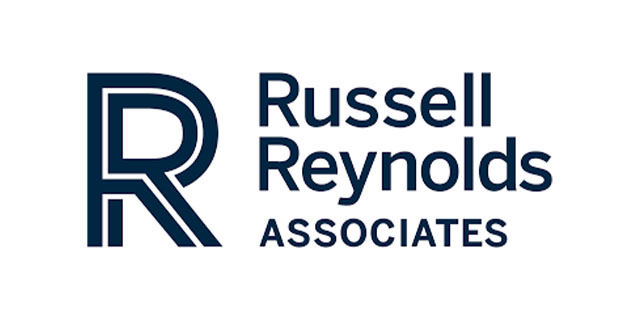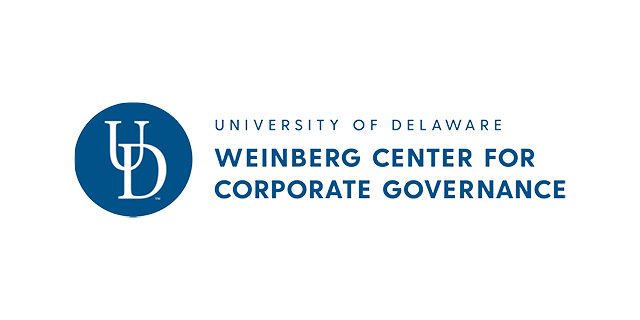
Benchmark your governance, compensation, environmental, and social practices
against US public companies using the most powerful and comprehensive tool in the market.
Search across hundreds of thousands of SEC filings, sustainability reports, and company organizational documents
See the latest trends in your industry and across US public companies

Save time by going straight to the underlying source with a single click




Access rich data to help you—and your company—make more informed decisions.
